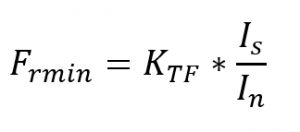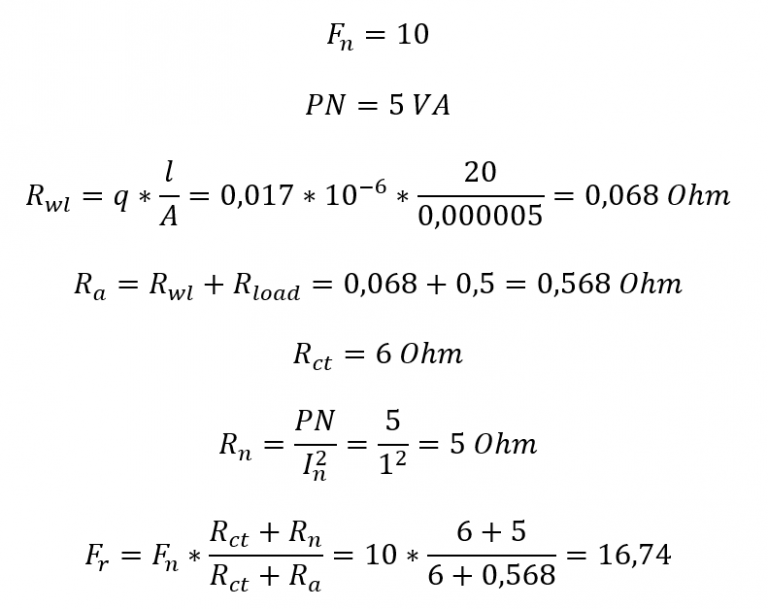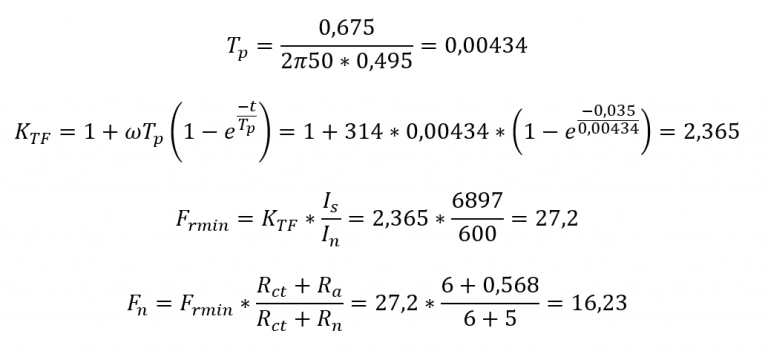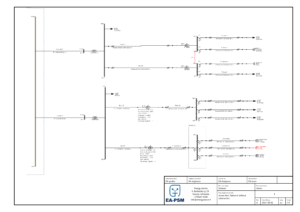The rated accuracy limiting factor is the ratio of the rated accuracy limit primary current to the rated primary current. For example, the 5P10 transformer accuracy limit factor is 10. This means that the current transformer will measure with less than 5% error when the primary current is not bigger than 10 times the rated nominal current. However, 10 for this transformer is a rated accuracy limit factor. In practical applications, the design engineer should calculate the real accuracy limit factor, which will depend on the transformer installation conditions.
To add the current transformer in EA-PSM, a user should first draw the single line diagram and add a current transformer on the line, where he wants to connect the element.











